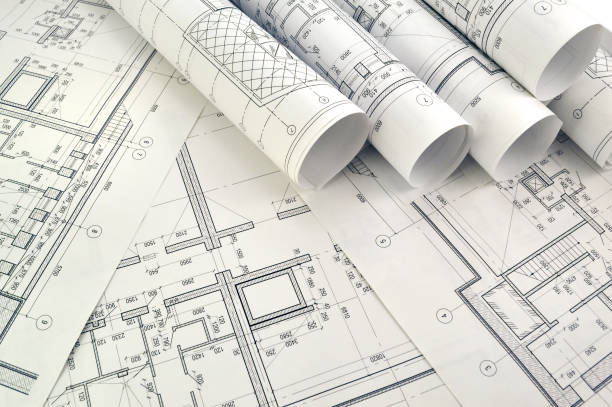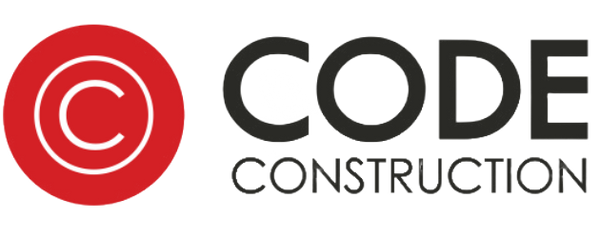
Step-by-Step Guide to Planning Your Remodel
Step-by-Step Guide to Planning Your Remodel
Whether you're updating a kitchen or tackling a whole-home renovation, planning is where a successful remodel begins. Knowing what to expect — and what to avoid — can save time, money, and frustration.
1. Define Your Goals
Start by asking: What’s driving this remodel? Are you looking to increase home value, improve function, modernize outdated spaces, or make your home more flood-resilient? Your goals will guide your design and budget decisions.
2. Set a Realistic Budget
Include:
- Labor & materials
- Permit fees & inspections
- Design or engineering (if needed)
- A 10–20% contingency for unexpected issues
3. Understand the Timeline
Project timelines vary. A bathroom might take 3–5 weeks; a full home remodel may take several months. Add extra time for:
- Permit approvals
- Special-order materials
- Inspections and re-inspections
4. Determine Permit Requirements
Most structural, plumbing, electrical, and mechanical work requires permits. If you live in a flood zone, additional rules may apply — including FEMA’s 50% Rule. Your contractor should help prepare documentation for submission and track progress with your municipality.
5. Choose the Right Contractor
Don’t just go with the lowest bid — look for licensed, insured contractors with a clear track record and a well-written contract. Ask:
- Are they familiar with local permitting and inspections?
- Can they show examples of past similar projects?
- Do they communicate clearly and use written scopes?
6. Consider Your Financing Early
If you plan to use a construction loan or financing to fund your remodel, start the application process before work begins. Most lenders will not approve a construction loan once the project has already started — even if it’s just demolition or site prep.
Loan applications can require:
- Full construction scope and cost breakdown
- Signed contractor agreement
- Draw schedule and lien waiver process
7. Prepare for Disruption
Expect dust, noise, and potential loss of use of certain rooms. Protect valuables, clear the workspace, and make temporary living plans if needed. A good contractor will work to minimize the impact — but some disruption is inevitable.
8. Stay Involved
Frequent check-ins keep things running smoothly. Ask for regular updates, walk the site weekly, and don’t be afraid to ask questions if something doesn’t look right.
Bottom Line: A successful remodel starts with planning. From budget and permits to contractor selection and scheduling, a little preparation goes a long way.
Code Construction has over 20 years of experience helping Tampa Bay homeowners plan and complete remodels — from flood zone homes to full interiors. We’ll guide you from the first draft to the final punch list.
